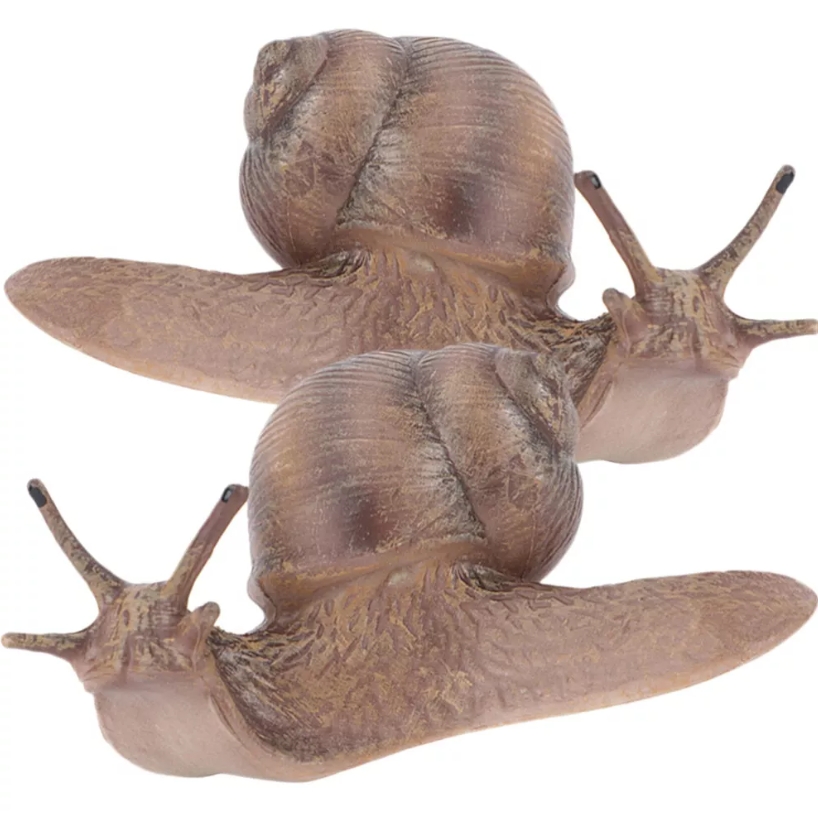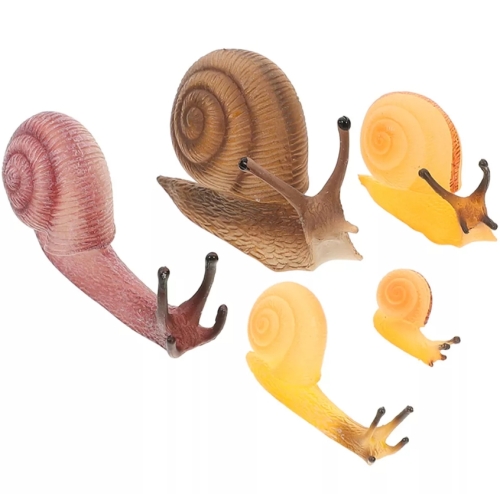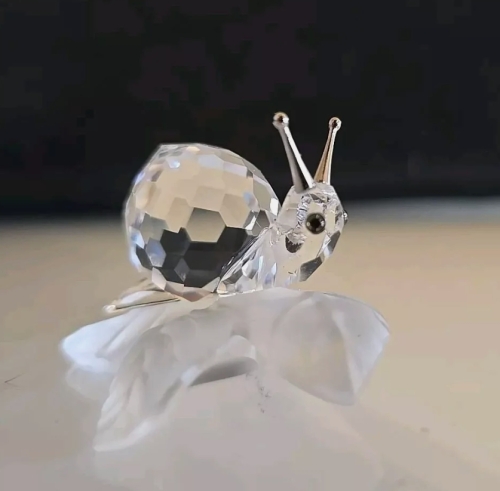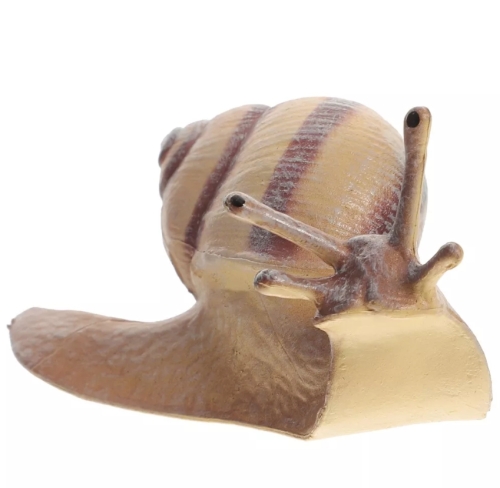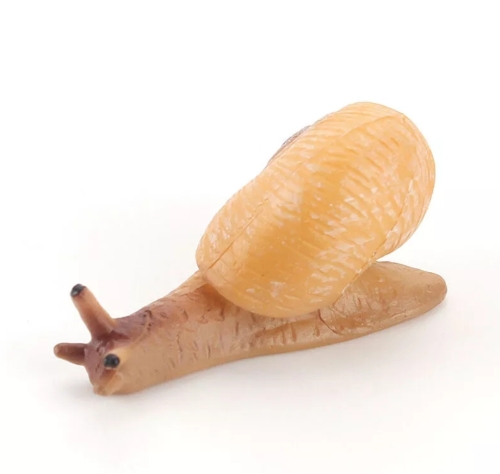Snail models serve as vital educational tools, providing insight into these fascinating organisms. Whether in a classroom or a research setting, these models can help illustrate the intricate anatomy of snails, such as their muscular foot, tentacles, and respiratory systems. The spiral shell, a hallmark of most snails, is not just an aesthetic feature; it also plays a crucial role in protection and buoyancy. Understanding these structures aids in appreciating their evolutionary adaptations.
Moreover, snails play essential roles in their ecosystems. As decomposers, they contribute to nutrient cycling by feeding on decaying organic matter. Their activities help maintain soil health, making them integral to the environment. Additionally, many species serve as food for various predators, adding to the biodiversity of their habitats.
In the realm of science, snails have also provided valuable insights into developmental biology and neurobiology. The simple nervous systems of snails have been pivotal in advancing our understanding of nerve signaling and synaptic function.

